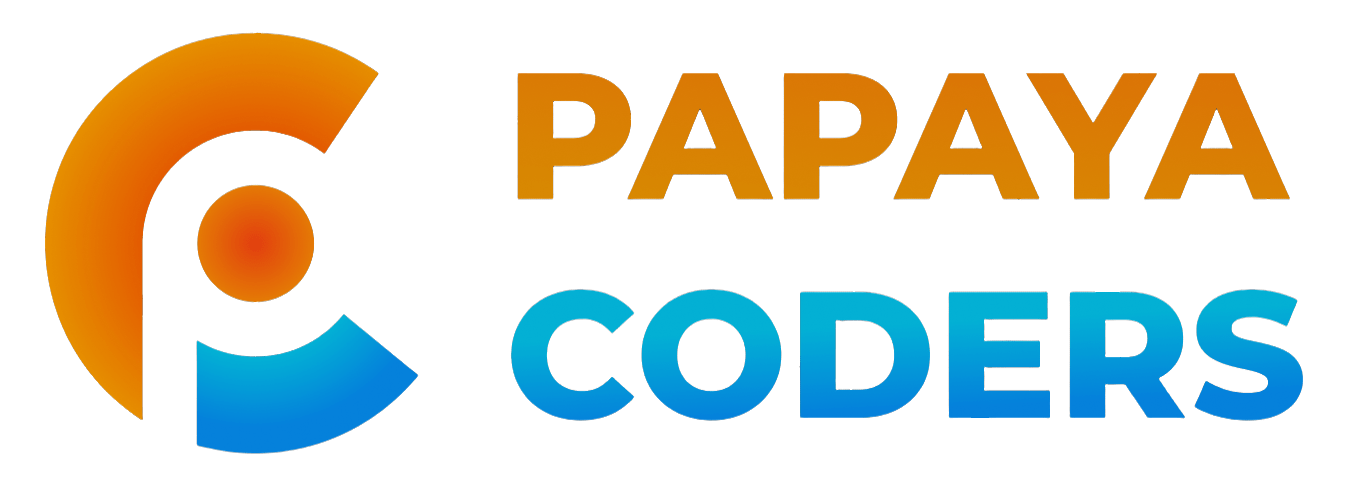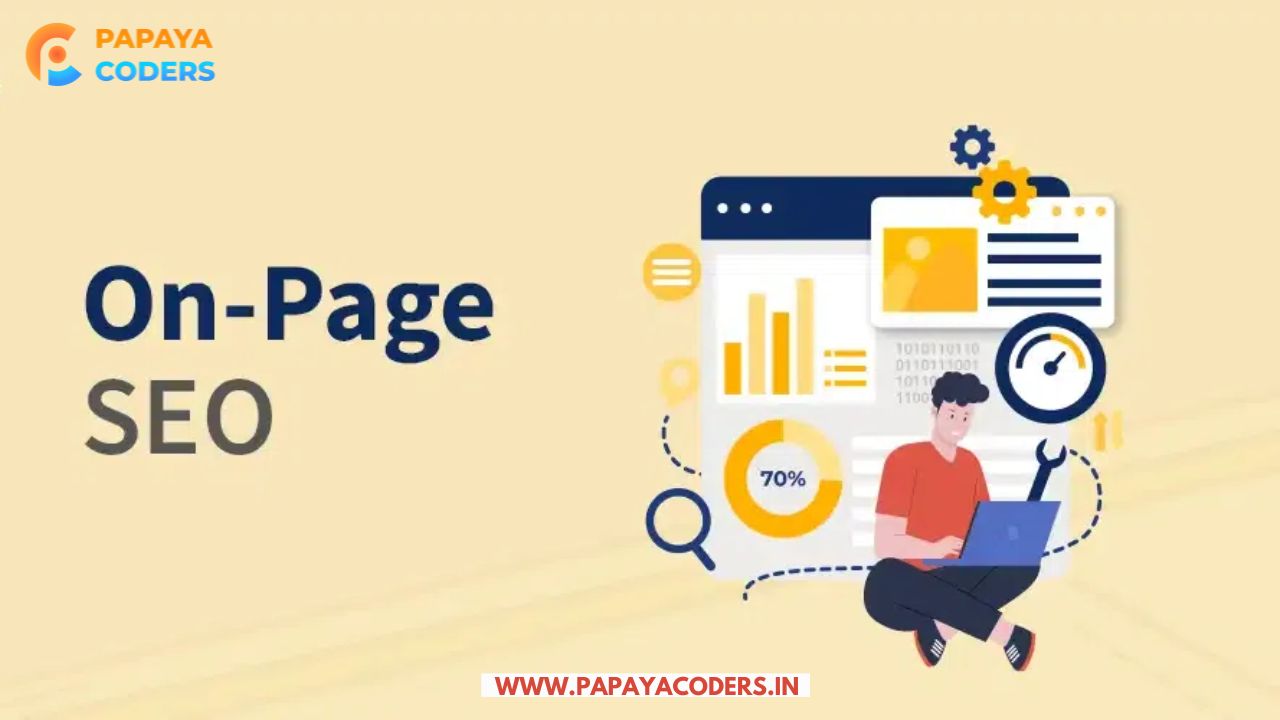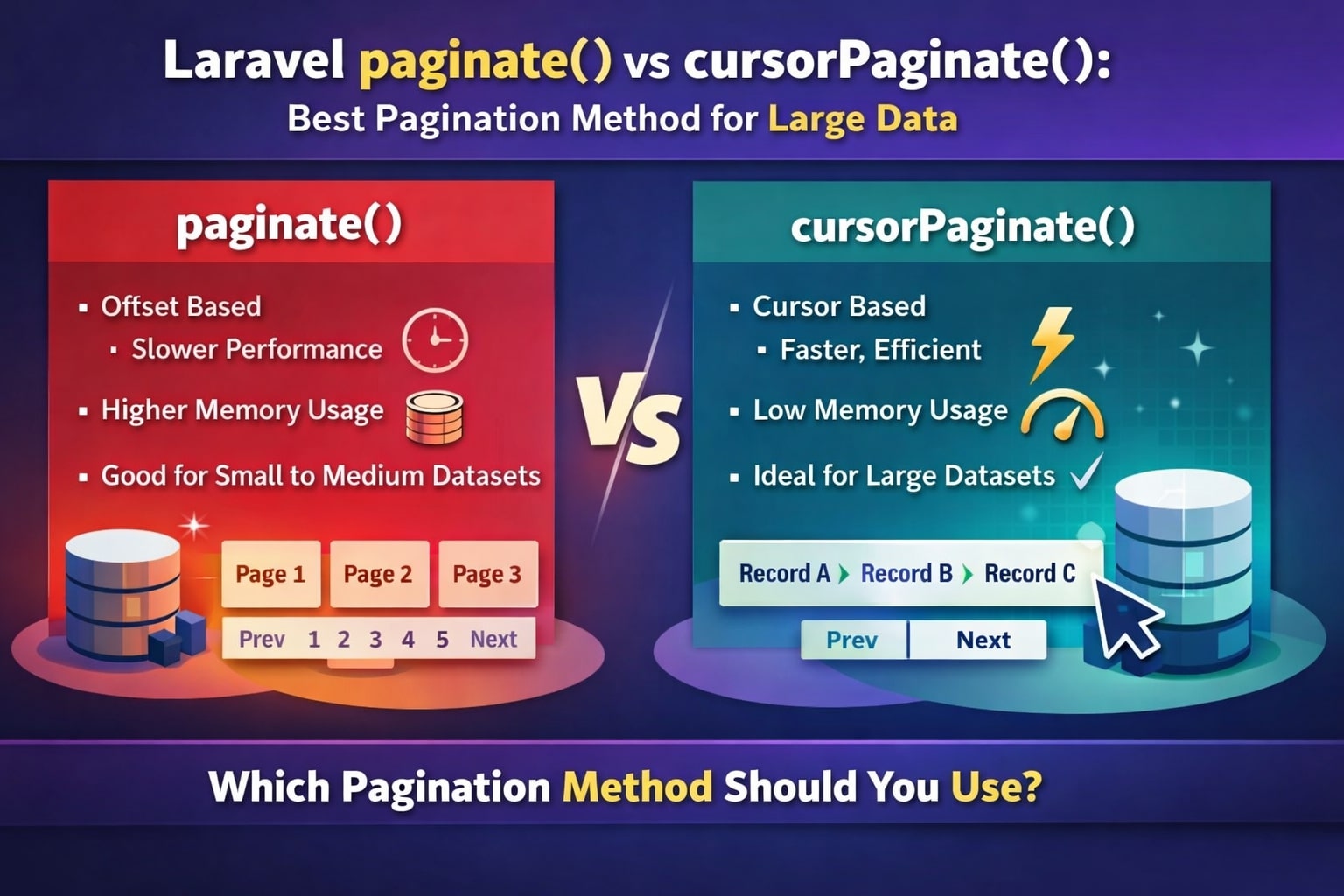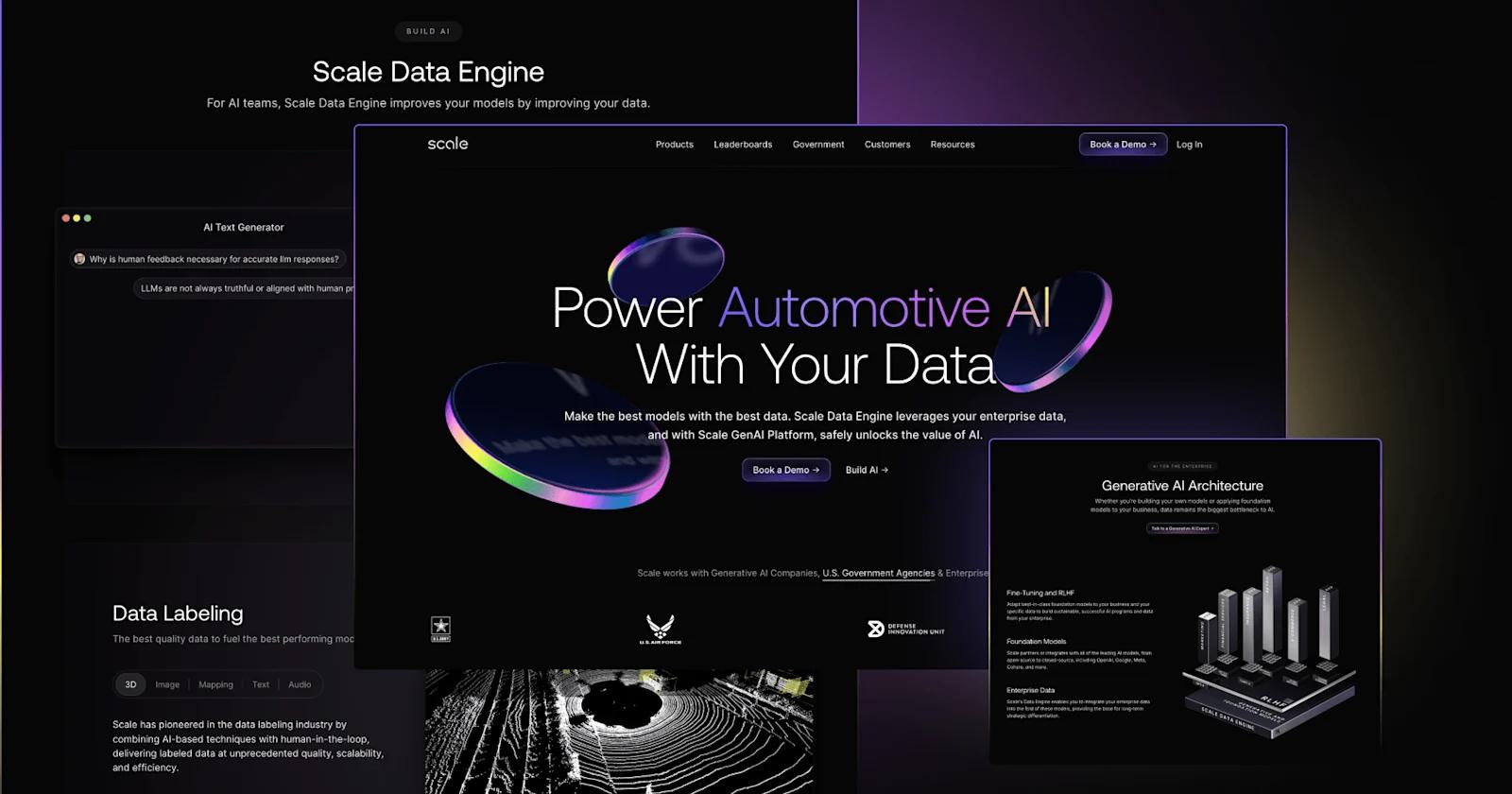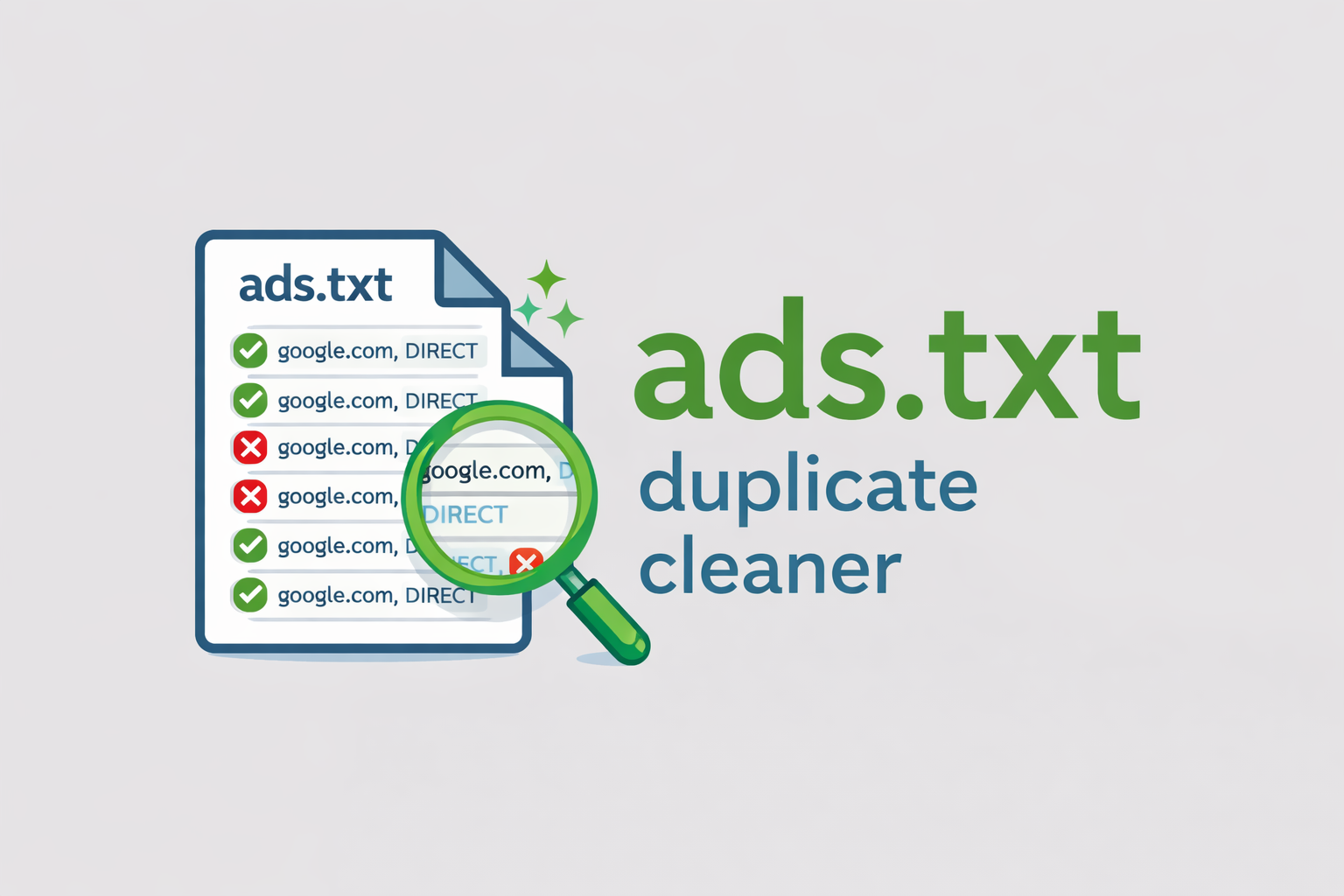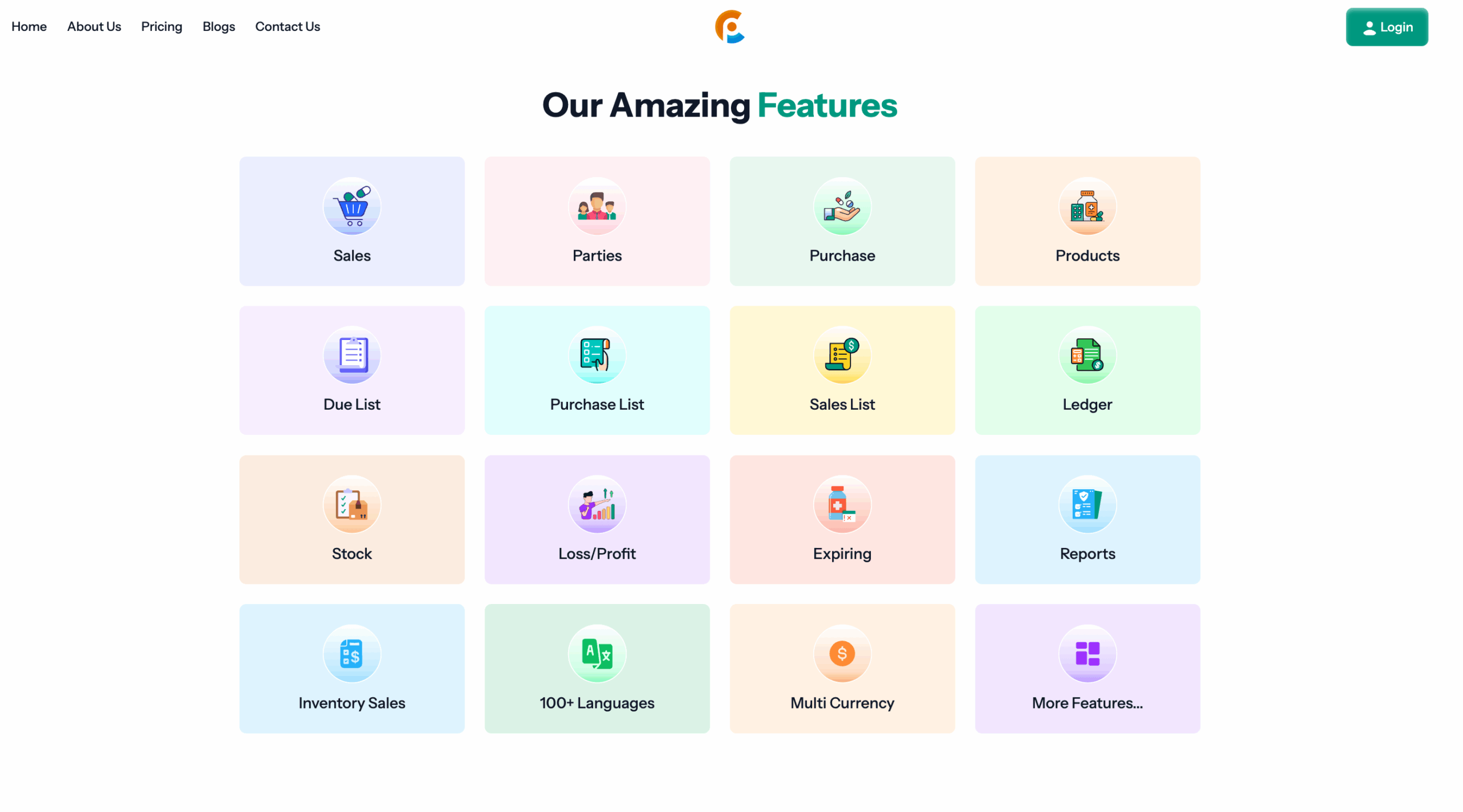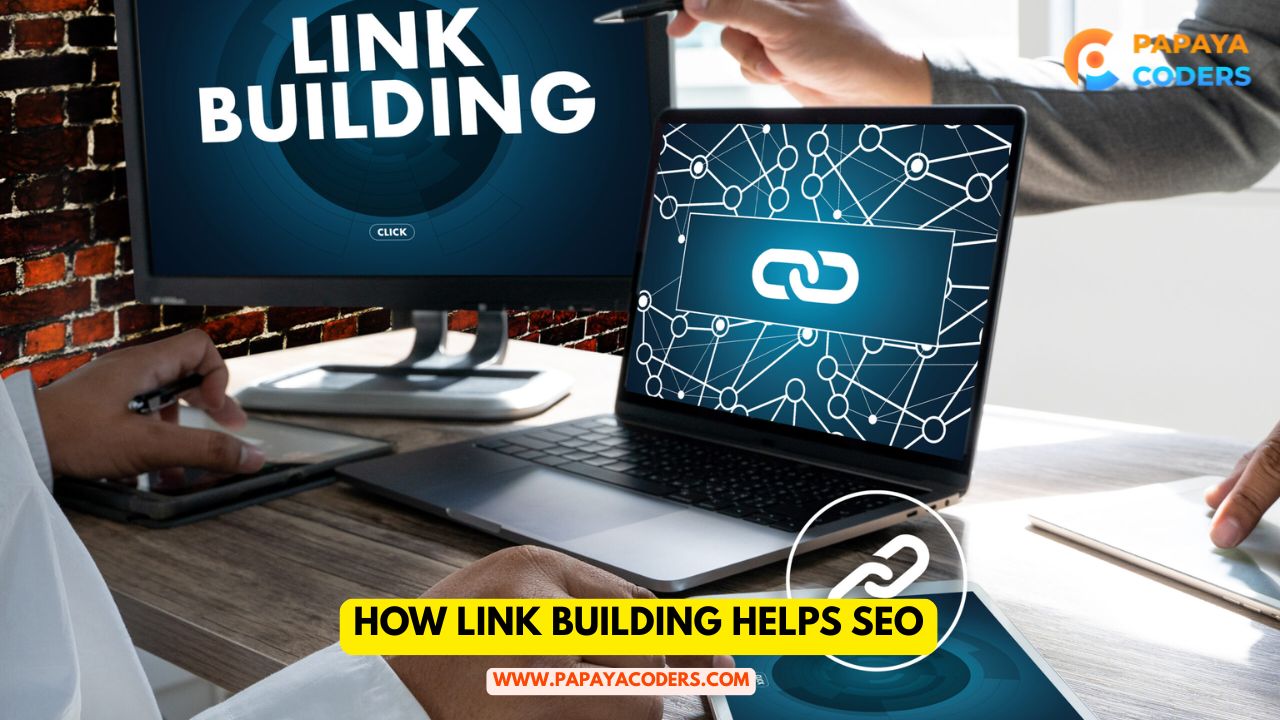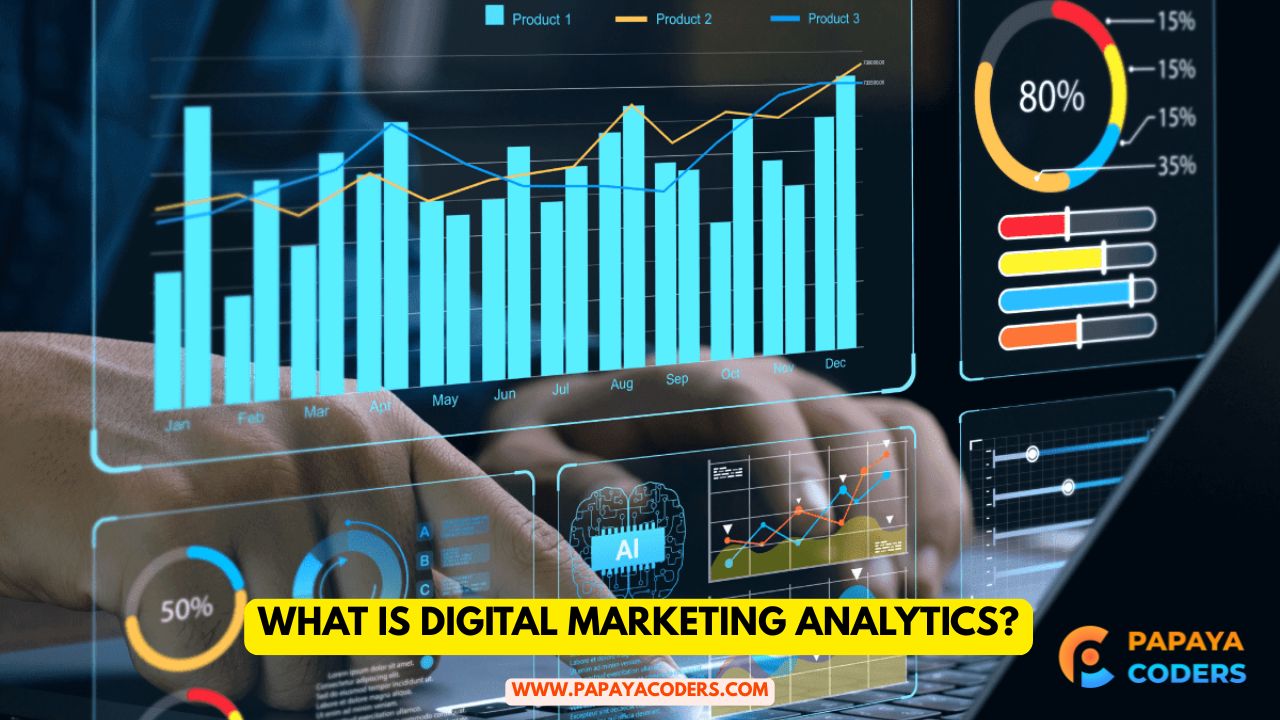On-page optimization or SEO refers to optimizing individual web pages to improve their ranking on search engine results pages (SERPs) and increase organic traffic. If you also want to get information about it, you will find the application of On Page Optimization in Digital Marketing here in very easy steps.
It focuses on elements within the website, such as content, HTML source code, and user experience, making it a fundamental aspect of digital marketing. Let’s start without delay. #onpageoptimization #digitalmarketing
Important On Page Optimization in Digital Marketing
- Improves Search Engine Rankings: Proper optimization ensures search engines can easily crawl and understand your content.
- Enhances User Experience: Optimized pages provide users with relevant and high-quality content, faster loading times, and a seamless browsing experience.
- Drives Targeted Traffic: By focusing on specific keywords, on-page SEO helps attract the right audience to your website.
- Boosts Conversion Rates: A well-optimized page with clear CTAs (calls to action) can increase engagement and conversions.
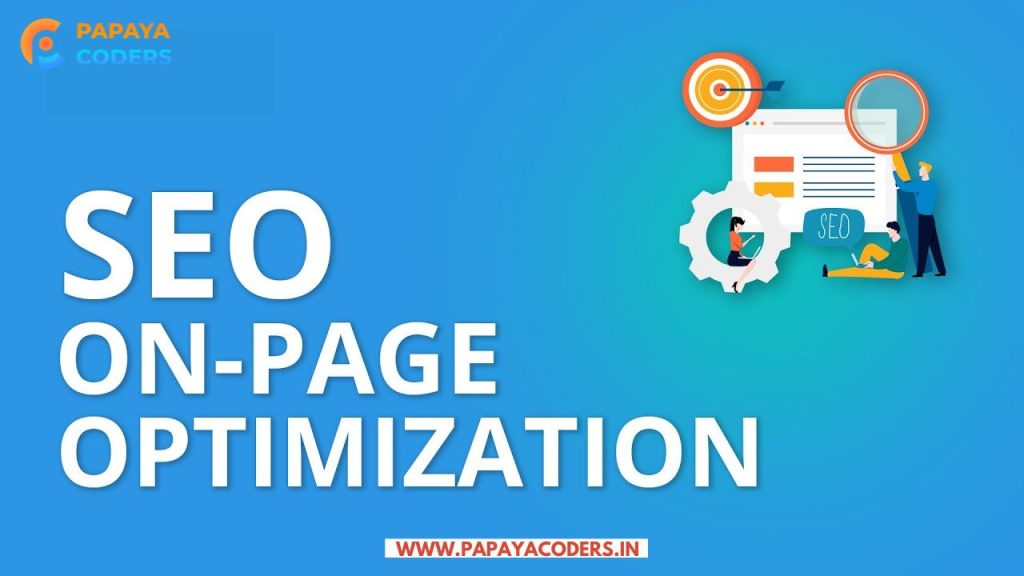
Key Elements of On Page Optimization
1. Title Tags
The title tag is an HTML element that specifies the title of a web page. It appears in SERPs and is among the most important on-page SEO factors.
- Keep it under 60 characters.
- Include your primary keyword.
- Make it compelling and descriptive.
2. Meta Descriptions
Meta descriptions are short snippets of text that summarize a page’s content. They appear below the title tag in search results.
- Use 150-160 characters.
- Incorporate primary and secondary keywords.
- Write engaging copy to increase click-through rates (CTR).
3. Header Tags (H1, H2, H3)
Header tags structure your content and make it easier for search engines and users to read.
- Use one H1 tag per page, including the primary keyword.
- Utilize H2 and H3 tags for subheadings to organize content.
- Ensure a logical hierarchy of headers.
4. Keyword Optimization
Integrate keywords naturally throughout your content.
- Place primary keywords in the title, headers, first 100 words, and URL.
- Avoid keyword stuffing to maintain readability.
- Use long-tail keywords to target specific queries.
5. Content Quality
High-quality content is essential for both users and search engines.
- Create unique, informative, and engaging content.
- Answer user queries thoroughly.
- Maintain a keyword density of 1-2%.
- Include images, videos, and infographics to enrich the content.
6. URL Structure
A clean and descriptive URL structure improves SEO and user experience.
- Keep URLs short and descriptive.
- Include your primary keyword in the URL.
- Use hyphens to separate words.
7. Internal Linking
Internal links connect different pages within your website, helping users and search engines navigate your site.
- Use descriptive anchor text with relevant keywords.
- Link to high-priority pages.
- Avoid excessive linking.
8. Image Optimization
Optimizing images enhances page load speed and user experience.
- Compress images to reduce file size.
- Use descriptive filenames and alt text with keywords.
- Choose the appropriate image format (e.g., JPEG, PNG, WebP).
9. Page Speed
A fast-loading website improves user satisfaction and search engine rankings.
- Use tools like Google PageSpeed Insights to identify speed issues.
- Optimize code, compress files, and enable browser caching.
- Use a content delivery network (CDN).
10. Mobile-Friendliness
With most users browsing on mobile devices, responsive design is critical.
- Ensure your site adapts to different screen sizes.
- Use Google’s Mobile-Friendly Test to check your site’s mobile usability.
- Simplify navigation and avoid intrusive pop-ups.
11. Schema Markup
Schema markup is structured data that helps search engines understand your content better.
- Add schema for reviews, products, events, and FAQs.
- Enhance search results with rich snippets.
- Use tools like Google’s Structured Data Testing Tool to validate markup.
12. Outbound Links
Linking to authoritative sources improves credibility and relevance.
- Use outbound links to provide additional context or resources.
- Ensure linked sites are reputable and relevant.
- Open external links in a new tab to retain users on your site.
Semantic SEO for On Page Optimization
Semantic SEO involves using related keywords, synonyms, and phrases to improve the contextual relevance of your content. This ensures search engines understand the depth and intent of your page.
- Use tools like Google’s Keyword Planner or SEMrush to find related keywords.
- Incorporate Latent Semantic Indexing (LSI) keywords naturally.
- Focus on answering user queries comprehensively.
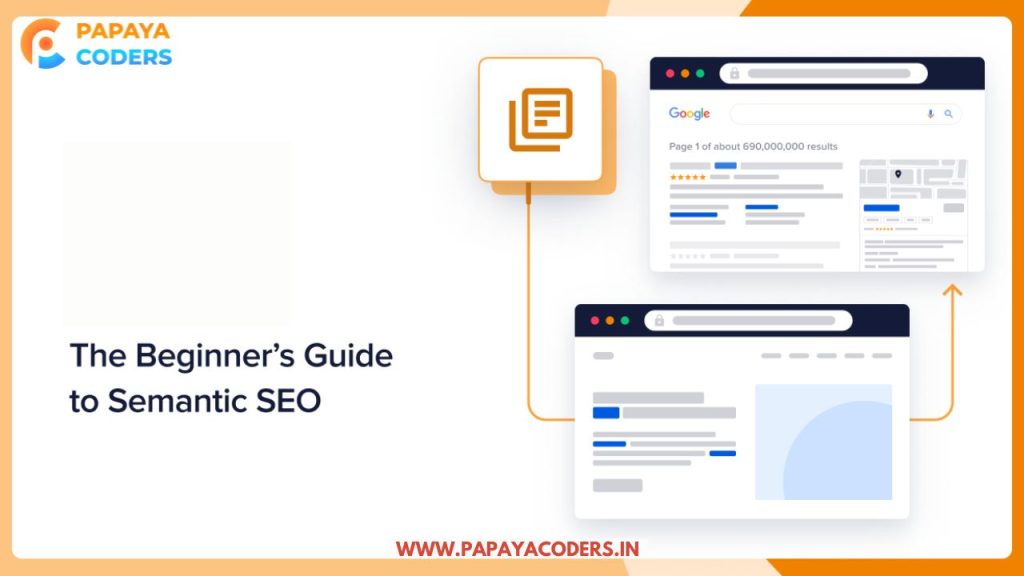
Tools for On Page Optimization
| Google Search Console: | Monitor your site’s performance and identify issues. |
| SEMrush: | Analyze on-page SEO elements and competitors. |
| Yoast SEO: | Optimize content for WordPress sites. |
| Ahrefs: | Track keywords, backlinks, and technical SEO. |
| PageSpeed Insights: | Improve page load speed. |
Programmatic SEO for Scaling On Page Optimization
Programmatic SEO involves automating content creation for large-scale websites. Businesses can efficiently optimize thousands of pages by leveraging templates, data, and automation tools.
- Automate Meta Tags: Use scripts or plugins to generate dynamic meta descriptions.
- Dynamic Internal Linking: Use data-driven strategies to interlink pages.
- Content Templates: Create product descriptions, FAQs, or category pages templates.
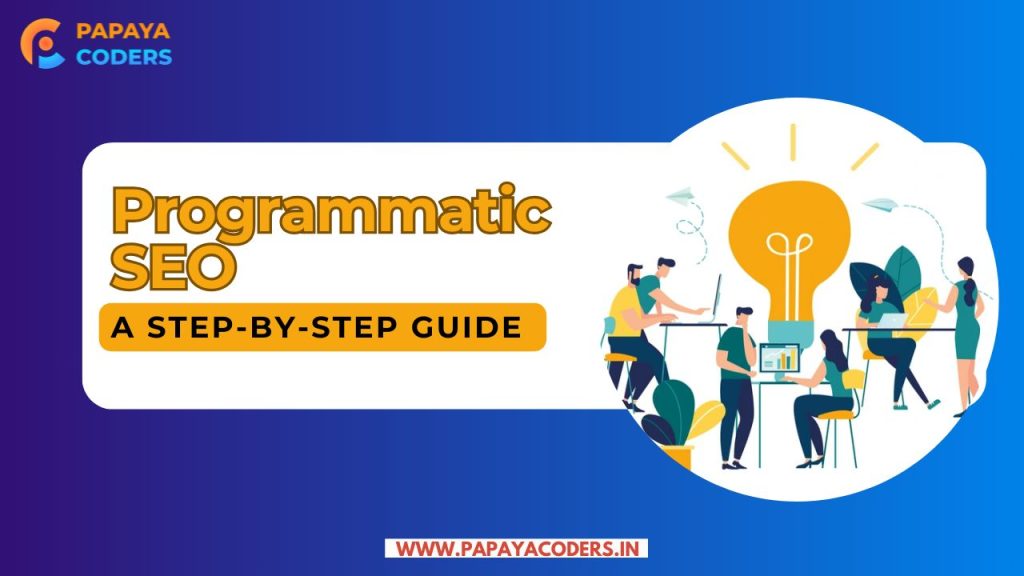
Conclusion:-
Overall, on-page optimization is the key to digital marketing success. By focusing on key elements like content quality, keyword usage, and technical aspects, you can improve your website’s visibility, user experience, and search engine rankings. Start implementing these strategies today to achieve long-term growth and drive more organic traffic to your site.
